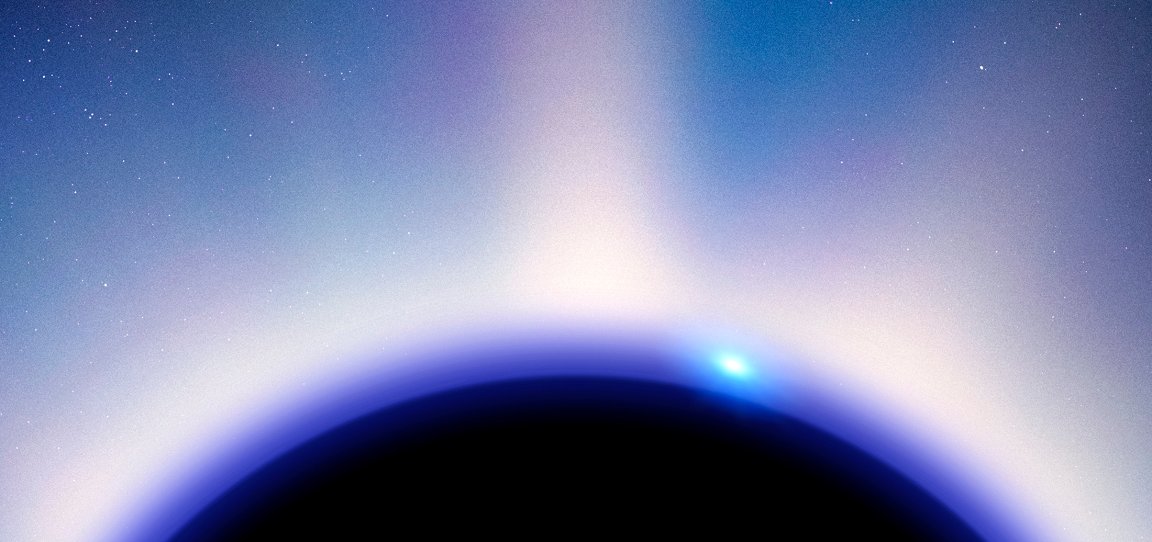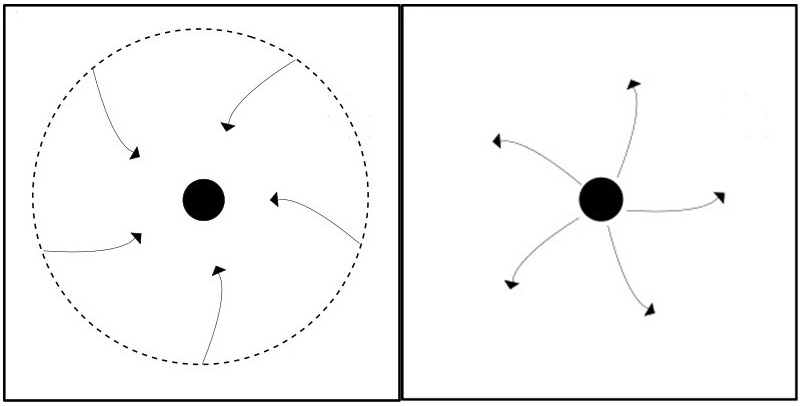
Where Physics Doesn’t Apply
At one point in time, the entire universe was a singularity. It was that moment where the entire fabric of space-time didn’t exist, and physics in general (including Einstein’s General Relativity Theory) didn’t hold up. The crazy thing is, this singularity theoretically still exists at the center of every black hole, where the super density of matter lets the curvature of space-time become infinite. These singularities in a black hole, however, are contained by so-called event horizons.[infographic postid=”66353″][/infographic]
But what if you could see this strange cosmic phenomenon? What if naked singularities exist? A naked singularity, for all intents and purposes, is an abrupt puncture in space-time. Theoretically, such a point in space-time where gravity is infinitely large cannot exist outside black holes. But if they did — and general relativity says they could — well, that would be a problem for physics and for the rest of the universe.
Physicists from the Tata Institute of Fundamental Research (TIFR) in Mumbai, India believe that there’s a way to detect these extreme phenomena in space, and they detail their theoretical study in a paper published in the journal Physical Review D.
Rotating Gyros
Spotting a naked singularity and distinguishing it from one found in a black hole, according to the new study, can be done in two (relatively) simple steps. The basic assumption is that singularities are rotating objects. It’s this rotation that twists the fabric of space-time, based on Einstein’s theory. This produces a gyroscopic spin that changes the rotational axis of the orbits of particles around this rotating objects.

If this change shifts wildly between two points, then the object is a black hole. If the precession happens in a regular and well-behaved manner, then it could be a naked singularity. Observing these effects from Earth is also possible using X-ray wavelengths to measure the precession frequencies of matter sucked into these singularities.
“This is because the orbital plane precession frequency increases as the matter approaches a rotating black hole, but this frequency can decrease and even become zero for a rotating naked singularity,” according to the study’s abstract. Of course, this is all assuming that naked singularities do exist and aren’t hidden from us by strange quantum effects.
At the very least, the prospect of being able to see one of the weirdest and wildest occurrences in the universe is exciting in and of itself. The dangers of a naked singularity notwithstanding, spotting these could be the first time scientist are able to really study these events. Studying them could, then, help us understand the origin of the universe and how black holes could exist — and what lies beyond them.